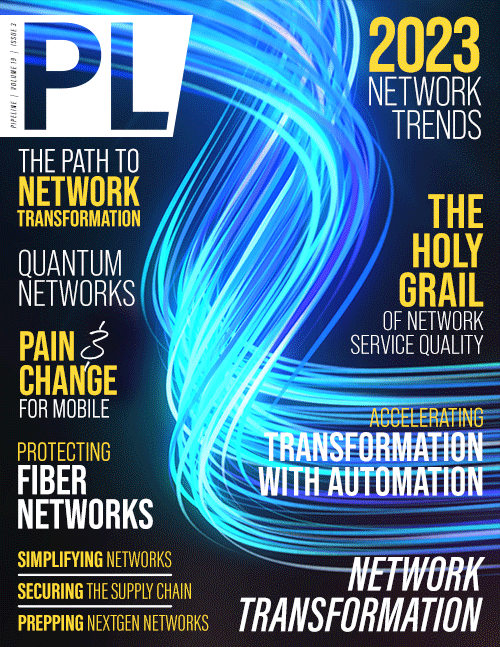Simplifying Network Transformation
While this approach can increase the complexity as operators aim for a mix and match of vendors across these subnetwork functions, the biggest advantage is operators’ increased ability to control their networks from Day 0 (lab phase), Day 1 (deployment) and Day 2 (operations). As we noted earlier, the inherent automation of the site configuration and integration across these stages is what makes this possible. Just six or seven years ago, major operators in North America did not have access to the configuration tools used to integrate their cell sites.
The increased complexity and relative maturity of the technology and standards can mean the introduction of an Open RAN-based RAN will face integration issues and product performance tuning issues. This is when adopting a product integration approach (white box) as opposed to a systems integrator (black box) is necessary for faster integration. In general, Open RAN ensures operators have more visibility into their own networks and in turn, allows them to be much nimbler and more responsive and able to roll out services to their customers more quickly.
The simplification playbook
One of the challenges with a transition to an open network can be about tackling many different variables ranging from addressing workload and payload applications based on use cases, to determining the radio chipset and the processor chipset for the hardware platforms. Depending on the use case, operators may also need to determine antenna configurations and whether to deploy massive MIMO versus regular antennas.
Having a well-defined playbook based on real-world experience in transforming traditional networks into digital networks is essential to achieving network transformation success. An effective playbook helps simplify and reduce the number of variables and address network transformation in a stable, yet customizable manner. Operators need to ensure they have a playbook that is capable of helping them reduce the variables and can walk them down a clear path based on the deployment scenarios. A well-defined playbook enables the operator to limit the above-mentioned variables and work together with their vendors to choose the kind of hardware and software needed, which in turn allows them to choose the kind of DU, CU, and RU, which then helps dictate the chipsets, the radio, and antenna. For example, the aforementioned South Asian operator is now rolling out its 5G network based on Open RAN standards using its playbook to focus on form factors for outdoor small cells, indoor small cells, and CU/DU located to cell sites based on three use cases.
While traditional vendors may have done this for operators in the past, the operator rarely had a say in the composition of the various hardware and software elements in the solution, or the visibility into the solution to make the customizable changes open networks offer today. A truly effective network transformation playbook puts the operator in the driver's seat, empowering them to make the choices to tailor their networks to meet a variety of use cases.
Operators should look for someone who has developed a playbook based on a deep history of understanding the various protocol layers as well as real-world large operator deployment experience and scars from learnings—and who has a deep understanding of how to integrate the various control and management planes across the RU to the DU to the CU, and then fine-tune the underlying hardware and be able to allocate the workloads across different CPUs.
The choice is simple
Network transformation in and of itself is not simple. However, by thinking automation first, adopting a product integration mindset, and identifying a system integrator with a playbook developed from real-world experience driven by operators themselves, network transformation can be simplified.
The mantra must be “keep it simple.” Anything else is just, frankly, silly.



















